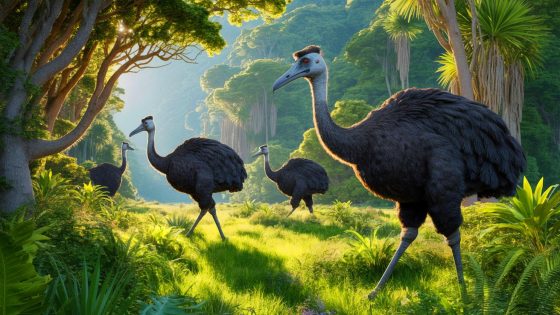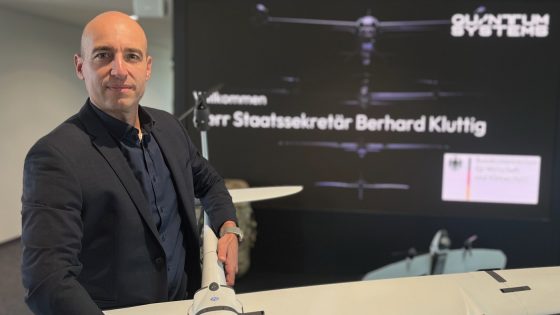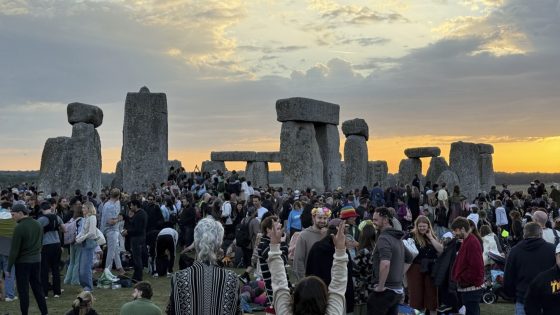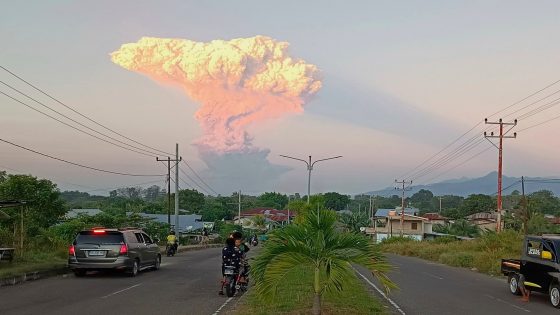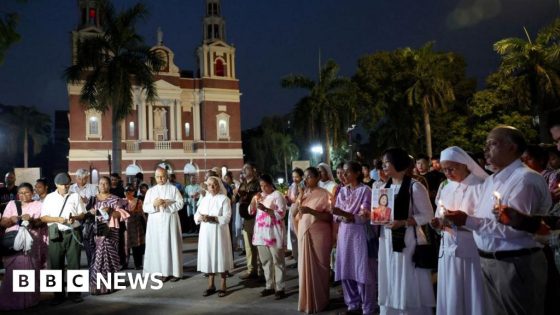Colossal Biosciences is making headlines with its ambitious project to resurrect New Zealand’s extinct giant moa birds. This groundbreaking initiative, set to unfold by 2026, aims to utilize advanced genetic techniques to bring these colossal creatures back to life.
- Colossal Biosciences aims to resurrect moa birds.
- Collaboration with indigenous groups and scientists.
- Ethical debates surround de-extinction efforts.
- Significant funding from filmmaker Peter Jackson.
- Genetic engineering techniques are complex and innovative.
- Future of biodiversity restoration remains uncertain.
As the company collaborates with indigenous groups and scientists, ethical and ecological debates are heating up. Critics question whether resources should focus on de-extinction rather than conserving endangered species. With significant backing from filmmaker Peter Jackson, the project raises important questions about the future of biodiversity restoration.
This endeavor prompts US to consider: can we truly recreate lost species, or are we merely imitating their existence? The project highlights several key points:
- Collaboration with indigenous communities enriches the scientific approach.
- Ethical debates question the prioritization of de-extinction over current conservation efforts.
- Technological advancements in genetics could redefine biodiversity restoration.
- Funding from notable figures emphasizes the cultural significance of the moa.
As we look to the future, will these scientific advancements lead to a new era of ecological restoration, or will they complicate our conservation efforts? The world watches closely as we stand on the brink of potentially witnessing the return of the moa.



